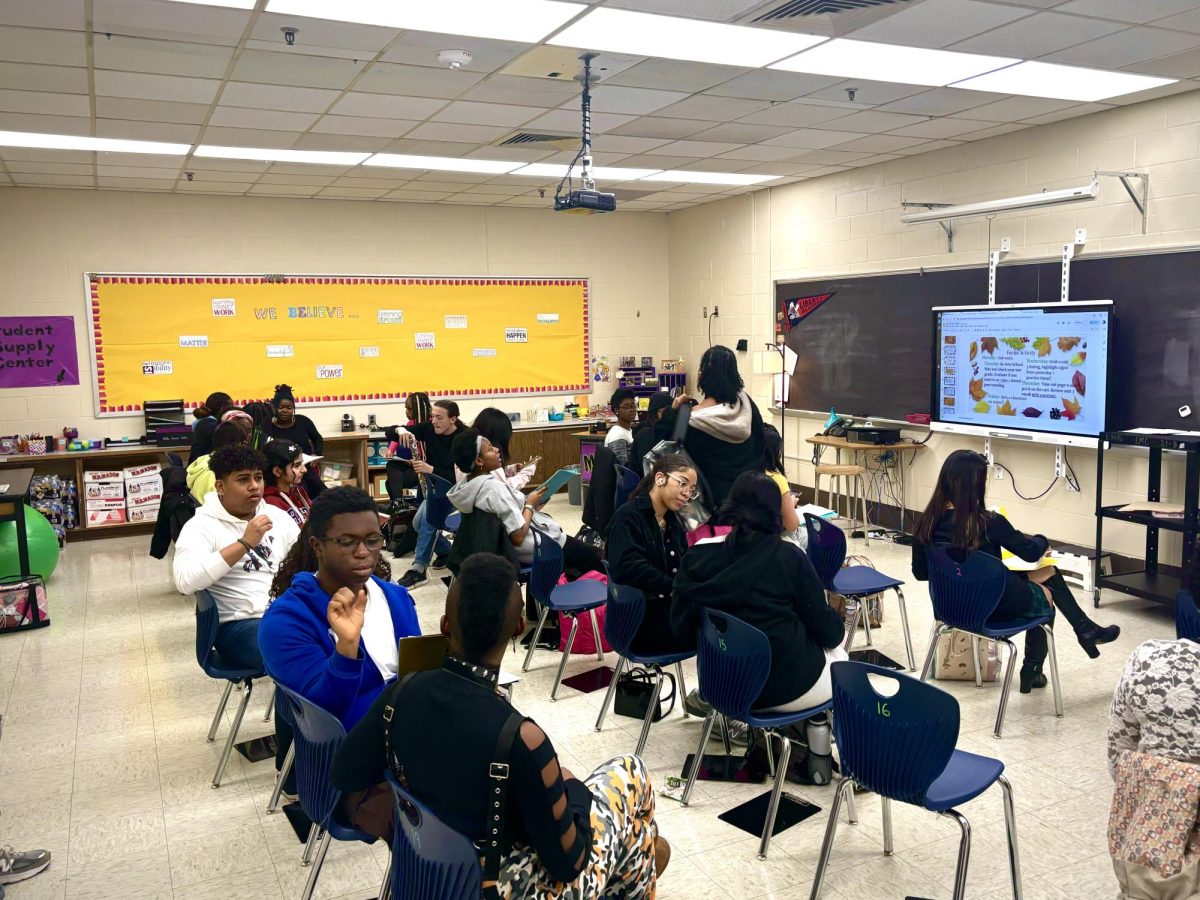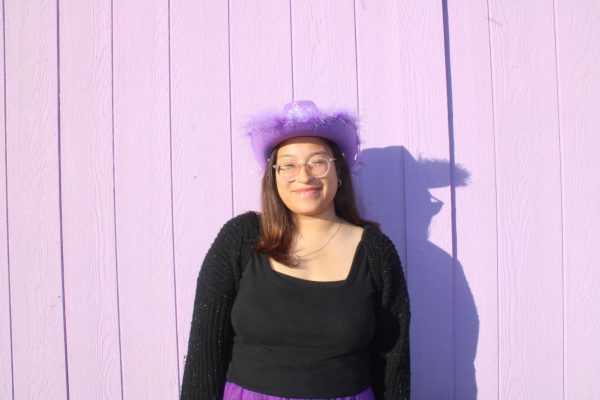American Sign Language (also known as ASL) is a visual language that serves as the prime means of communication for deaf and hard-hearing communities in the United States and Canada. Approximately 250,000 – 500,000 people of all ages across these nations use this language to communicate as their native language. ERHS houses a well-established Deaf and Hard-of-hearing community, composed of educators, interpreters, and students which are often recognized around the school campus. ASL is if not one of the most crucial forms of communication. However, despite common misconceptions, ASL is “not English…” and “though many people think it is signing word order, it’s not only that” says Mrs. Karen Bowers, ERHS’s new ASL teacher.
At the start of the new school year, Mrs. Bowers opened her doors to over 175 students interested in learning the language. Mrs. Bowers, who’s had experience teaching ASL in PGCPS for over 10 years, was also a translator for our school’s Deaf and Hard of Hearing Department prior to this new role.
In her no-desk classroom setting, Mrs. Bowers has students engage in different activities to help them learn an interactive language, striking a social aspect to her lessons. “I try to mix up the activities so that whatever we’re doing is something new… We’ve done over 10 partner activities in this first quarter” she states. One of the most successful activities she describes as a matching activity, in which students hold cards with pictures and they have to find their partner by signing the pictures. “They ended up with totally different partners than they’d ever have,” Mrs. Bowers says. “It’s fun to mix it up that way”. “I’ve enjoyed the class activities and working in groups the most,” says Junior Jaden Stokes, who is currently taking ASL.
Not only are activities important for this learning environment, but so is a resourceful textbook, which Mrs. Bowers believes to be a factor that is essential for a successful ASL program.
Despite struggles with getting access to a textbook due to funding, she found a resolution after speaking with the creator of the textbook ASL Deafined. “For us, native speakers are mostly deaf people who grew up signing or a CODA, a child of a deaf adult. Students get exposure to native speakers through that system (with the various resources provided). This program is amazing with that and will open their eyes.”
Now, Mrs. Bowers provides both the online textbook and other helpful resources like YouTube videos and ideas that she takes inspiration from online teacher groups. “I try to pull in authentic resources as any world language teacher does.” she describes. “I’m in some teacher groups online. Those are pivotal.” Mrs. Bowers says “ASL teachers are like an only. Even in the county, there are only three of us (teachers). We have an amazing share session back and forth where we’re constantly collaborating and sharing resources. We share, we’re like “Do you mind if I steal? Steal away! I want to be that teacher that is on the sidelines and as a cheerleader for other teachers.”
Like every language class, it’s important to have native speakers that add authenticity to the learning experience and the diversity of experience levels. Beyond a textbook, it’s the raw interaction with a native speaker that helps others grasp accurate signing skills, such as learning to incorporate non-manual markers – facial expressions that add to the context and comprehension of your signing. “We’re not only meeting a new level of diversity and teaching a new language, but we’re meeting a new level of inclusion. Now, there are potentially 175 new kids for these kids to talk to. Whereas before, they only had the twenty or so kids in their program to talk to” says Mrs. Bowers, in aspiration for more growth in this program. This growth can also help native speakers. Sophomore deaf/heard-of-hearing student Kion London says that “ Mrs. Bowers’ class helps feel more included at ERHS by improving my understanding better” regarding anything new that’ll help him develop skills within his language.
Through interactions, big or small, you are getting a glimpse of the culture of a native speaker’s community, in which each native speaker holds their own experiences and stories with them as a deaf person or a CODA. Learning goes beyond the classroom; it’s a journey into unity. For a language like ASL, which is heavily centered around visual communication, interacting with native speakers adds to the authenticity of the learning experience.



